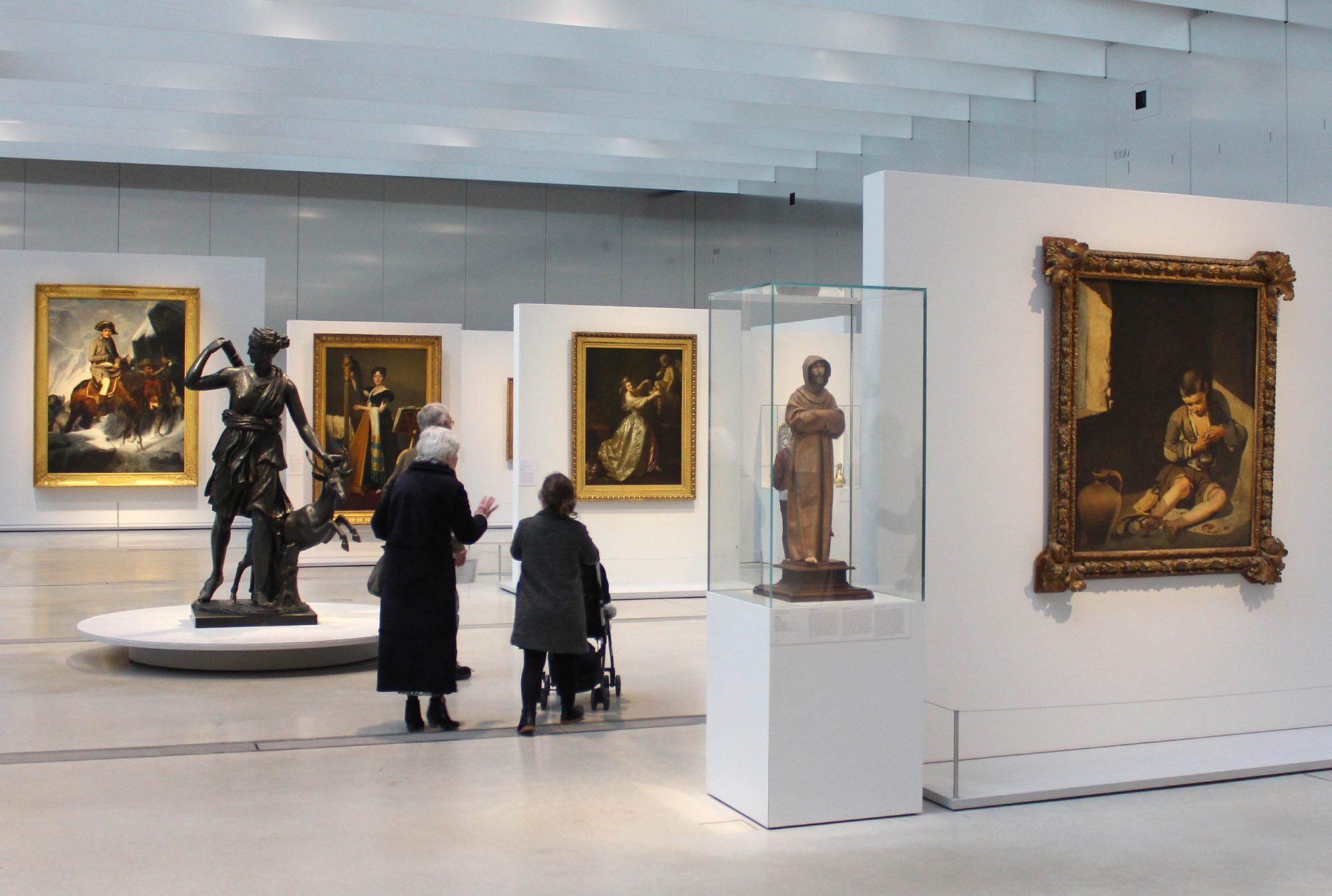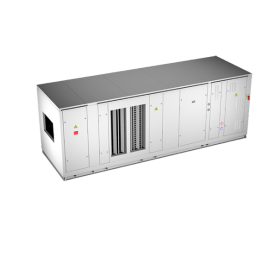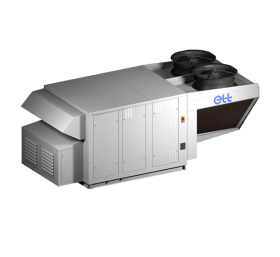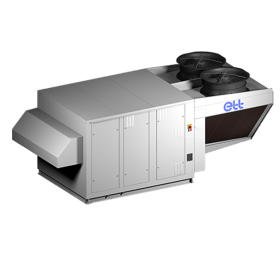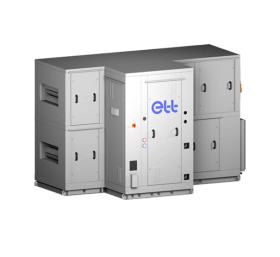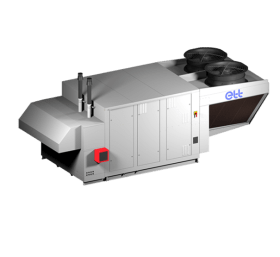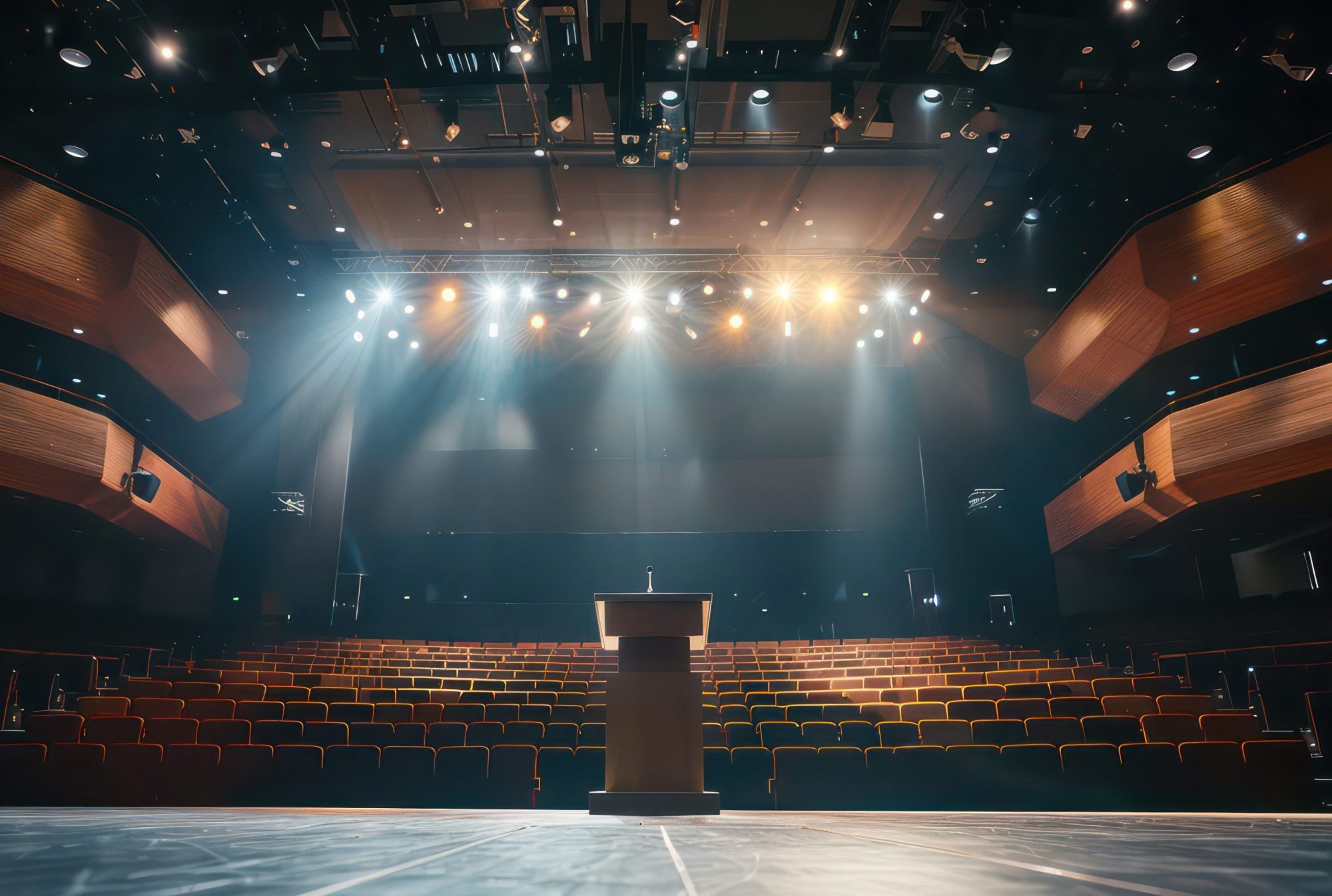Air treatment for optimum preservation of museum and archives pieces
Museums and Archives are unique spaces within the Tertiary sector. Museums, as Establishments Open to the Public, must not only comply with EOP safety regulations, but also maintain strict temperature and humidity conditions for the conservation of works of art. Archives, for their part, require optimum conditions for the storage and preservation of sometimes precious documents.
There are two distinct approaches to processing these volumes:
The simplest approach is to keep the indoor climate constant, whatever the outside parameters, a technology that is inexpensive to install but fairly energy-intensive.
Another, more scalable solution adapts to changes in ambient conditions over time. The technology is more advanced, involving higher investment, but will result in lower energy consumption.
In fact, for certain categories of works, the problem is less about the level of temperature or humidity than about their changes over time. It is generally agreed not to exceed a variation in ambient temperature of 2°C per week and 1°C per 24 hours, and a maximum fluctuation in humidity of 5% per day within a variation range of between 45% and 55% RH.
ETT offers customised solutions for every context.
In museums, the ULTI+ RE DESHU air-to-air heat pump is perfectly suited to the needs of these types of public buildings, as it can manage the regulatory fresh air rates required per visitor, while maintaining the required ambient climatic conditions.
Archives also require a minimum amount of fresh air to supply the various storage cells, as this is essential to prevent the growth of fungi and other harmful agents. As the volumes and requirements of these cells vary, it is usual to combine a custom-designed ETT heat pump with several variable flow boxes.
Generally speaking, ETT has the ability to design machines tailored to your requirements, whether for the production of treated air, or centralised water production (heat recovery chillers using R290 fluid, GWP of 3, compliant with F-GAS 2).
In short, our solutions enable :
- Precise control of indoor temperature and humidity,
- Managing the supply of hygienic fresh air as required by law for public buildings,
- The recommended supply of fresh air in the Archives.
ETT's solutions for meeting the aeraulic and economic challenges of museum halls and archives integrate various functions :
Dehumidification by thermodynamic system or desiccation. Using thermodynamics, the heat can be recovered to heat the air or any other process effluent.
ETT recommends desiccation for any requirement with a water weight of less than 6 gr in the supply air stream.
Heat exchangers are frequently used to preheat fresh air. ETT offers a wide range of technologies, including plate, rotary, heat pipe and glycol water heat exchangers.
.
Acoustics are a key element in museums, where sound comfort contributes directly to visitors' immersive experience. ETT offers a complete range of technical solutions to minimise noise pollution from air handling systems, ensuring a peaceful atmosphere conducive to the enjoyment of works of art.
.
The most suitable system for optimising the energy efficiency of air handling systems according to room occupancy, and therefore the regulatory fresh air requirement.
.
ETT has developed a remote supervision tool, integrated into the equipment, to meet the specific requirements of museums. This tool enables managers to monitor system performance in real time, while offering ETT the opportunity to provide rapid and reliable expertise. A range of additional services are also integrated to ensure an optimum conservation environment.
Your project
New build
Refurbishment
In pictures...
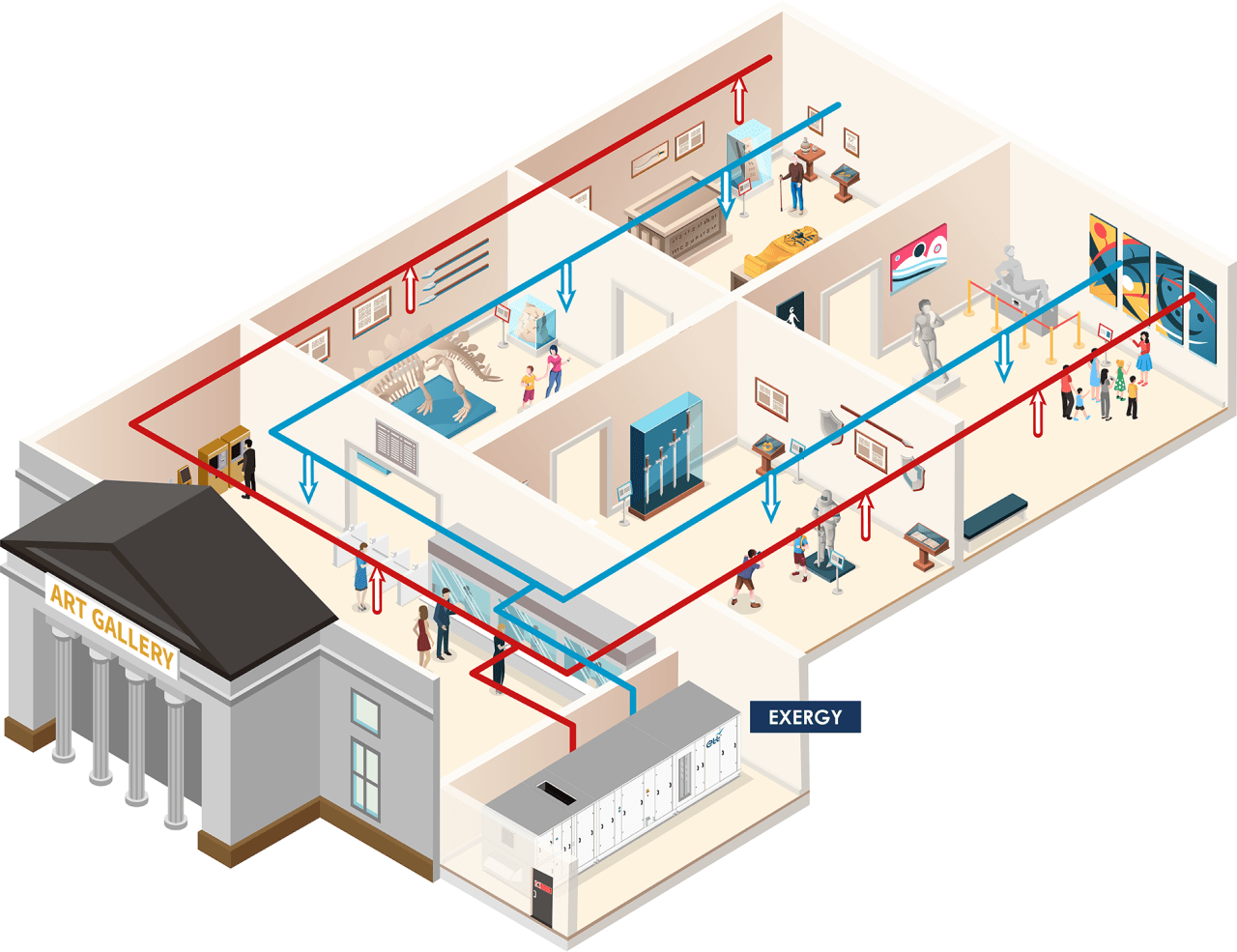
Dedicated solutions
Have a question ?
A project ?
High-Performance and Sustainable Solutions for the Museums
For more than 35 years, ETT machines have been installed to protect and preserve works of art on display or in storage, as well as precious books and even non-digitised administrative documents.
Regulations
Museums, like temporary cultural exhibition halls, are type Y public access buildings, divided into 5 categories according to the number of people they can accommodate.
They are therefore subject to the fire safety regulations set out in the French Order of 25 June 1980. Articles CH35, 38 and 40 deal specifically with air handling equipment.



